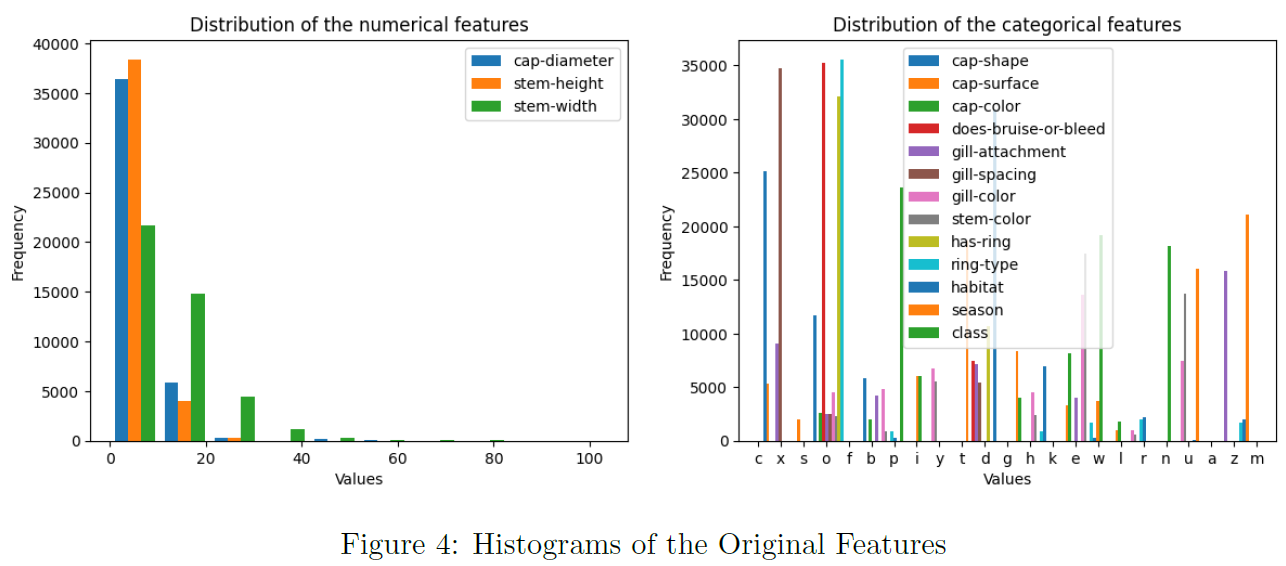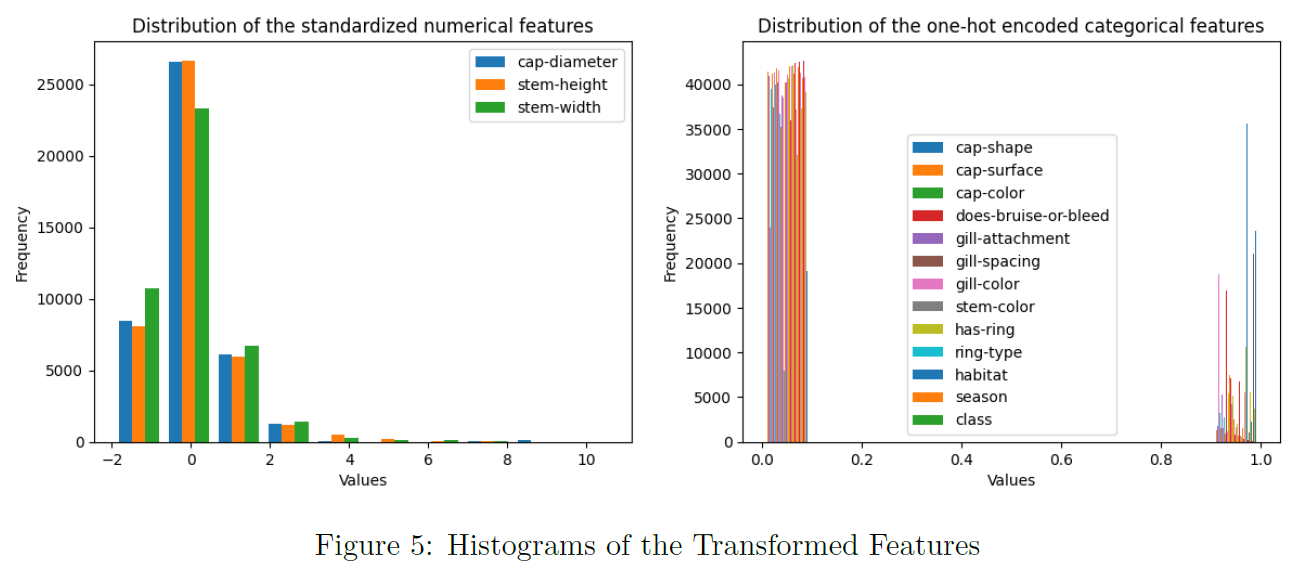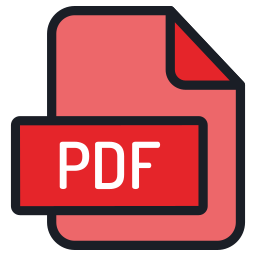🔎Exploring Correlation-Driven Feature Selection for Mushroom Classification
- Analyzed the effect of different feature engineering and dimensionality adjustment techniques (performed on the UCI’s mushroom dataset) on the performance of various Machine Learning models.
- Pre-processing included feature engineering by Pearson Correlation Coefficient method and dimensionality reduction of 173 different species of 61,069 mushrooms using Univariate Feature Selection and Principal Component Analysis.
- Performed comprehensive feature analysis and visualization using Power BI and Tableau to highlight the impact of feature engineering and dimensionality reduction techniques. Developed interactive dashboards to illustrate feature distributions, correlations, and their contributions to model performance, enhancing interpretability and data-driven decision-making.



- Five Machine Learning models were implemented- Logistic Regression, Support Vector Machine, Gaussian Naive Bayes Classifier, Random Forest Classifier, and Multilayer Perceptron.
- Cross-validation was performed on the models, and the optimal model for mushroom classification was selected based on the best performance.


